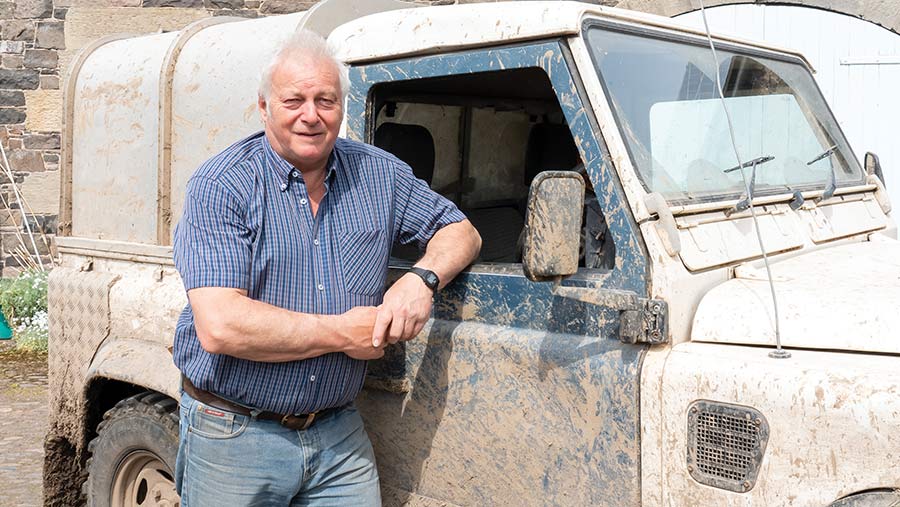Farmer Focus: Time our beef grading reflected eating quality
 © Angus Findlay
© Angus Findlay The red meat supply chain has changed dramatically during my lifetime.
Here in the Scottish Borders, one of the largest livestock-producing areas in the UK, we used to have several auction marts and abattoirs. Now we have one auction mart and no abattoirs.
See also: 10 ways one farm makes suckler beef profitable
Our main market is England, so most of our livestock heads south for processing.
With nine main retailers driving down prices and even fewer processors – the recent takeover of Scotbeef by ABP being a case in point – the red meat sector faces great challenges.
Farming here at Morebattle Tofts, we have to produce suckler cows that thrive on grass and can outwinter on the hills.
To achieve this, we record performance using estimated breeding values (EBVs), along with suitable phenotype, for efficient beef production from grass and forage.
I believe that phenotype is as important as performance in a grazing environment. Historically, our native breeds carried more back fat, which enabled lower maintenance costs.
With the move to larger, leaner, terminal genetics, the upland suckler cow is no longer as profitable to keep.
Following Brexit, can we now overhaul the Europ classification with something that focuses more on consumer satisfaction? The US focuses on eating quality, with marbling being a key component.
US beef is graded in two ways: first, using quality grades for tenderness, juiciness and flavour; and second, yield grades for the amount of useable lean meat.
In Australia, the Meat Standards Authority (MSA) calculates and differentiates on three levels of eating quality for each cut: MSA three star (MSA graded), four star (premium quality), and five star (supreme quality), in conjunction with recommended cooking techniques.
Quality Meat Scotland (QMS) has just launched its new five-year strategy. Its mission will be guided by provenance, productivity and profitability, and planet and place.
Part of the strategy will be to focus on eating quality; this is to be welcomed.
If we cannot provide our consumers with reliable quality, no doubt it will come instead via the newly negotiated trade deals.
Together with QMS’s help, we farmers must collaborate and look beyond the farm gate to ensure that our produce is fit for purpose.

